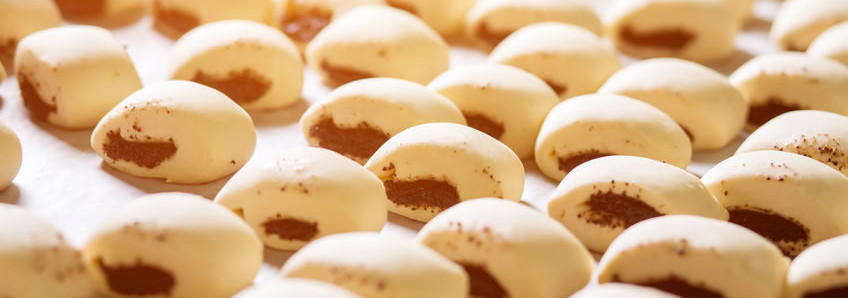
Why buy a new oven for your bakery?
Bakeries often reach a certain point at which they have to make a decision regarding investing in new and more efficient machinery, and for a high-speed bakery, this often means investing in ovens.
There are many reasons why bakers buy a new oven, such as:
- Current capacity limited by existing oven will not be enough to serve forecasted long-term demand.
- Process cycle time, both baking and overall, is way too long and must be reduced to comply with production schedules.
- Current oven is not energy efficient, with problems like too much heat loss, too much fuel consumption, or poor heat transfer from heat source to products.
- Product quality is not consistent anymore on a batch after batch or day-to-day basis, and the baking step is the responsible cause. In this case, the old oven is beyond fixing.
- A higher degree of process control is required. State-of-the-art burners, and more reliable instrumentation and control systems is what the maintenance department needs. In turn, Production achieves the high capacity/low-scrap rate needed for profitability.
- Labor costs too high, with too many hours paid to equipment operators. Automation becomes a must here.
- More product varieties need to be produced and lines need to become more flexible.
Under these scenarios, using the same oven to produce a wide range of products according to seasonal demand becomes a must.
Buying industrial ovens is a big business decision involving hundreds of thousands of dollars, even millions of dollars. Ovens are normally the most expensive piece of equipment in a bakery production line. This is why it becomes essential to understand how the existing oven was performing and how the product being baked was responding to it.
In order to make a good new oven purchasing decision, it is very important for the bakery to benchmark the old oven with thermal profiling data. This provides the factual basis by which to compare a new oven trial results with what best preserves that previous performance.
Benchmark your old equipment
Trying to obtain exactly the same heating pattern and baking results from an old oven compared to a new one without professional measurement tools is a hit and miss, trial and error prone exercise in frustration. The main benefit of thermal profiling tools is that the transition between ovens is orchestrated by S-Curve data and process visualization.
This results in a much faster transition guided by hard data rather than guesswork, utilizing continuous measurement and monitoring of baking variables that directly impact the quality of the finished product (e.g. temperature, time, heat flux, baking chamber humidity, air flow). Fine tuning of brand new ovens is always needed for a successful equipment installation and commissioning. The bakery also benefits by owning similar tools for use even beyond a successful commissioning – for the achievement of consistent high-yield profitability.
With the help of thermal profiling, a perfect view and fingerprint of the baking process that was executed by the old equipment can be obtained. Different ovens can produce different thermal profiles and hence unique S-curves. This information becomes very valuable as this is the starting point for engineers to fine tune the new oven and continue producing high-quality baked products.

